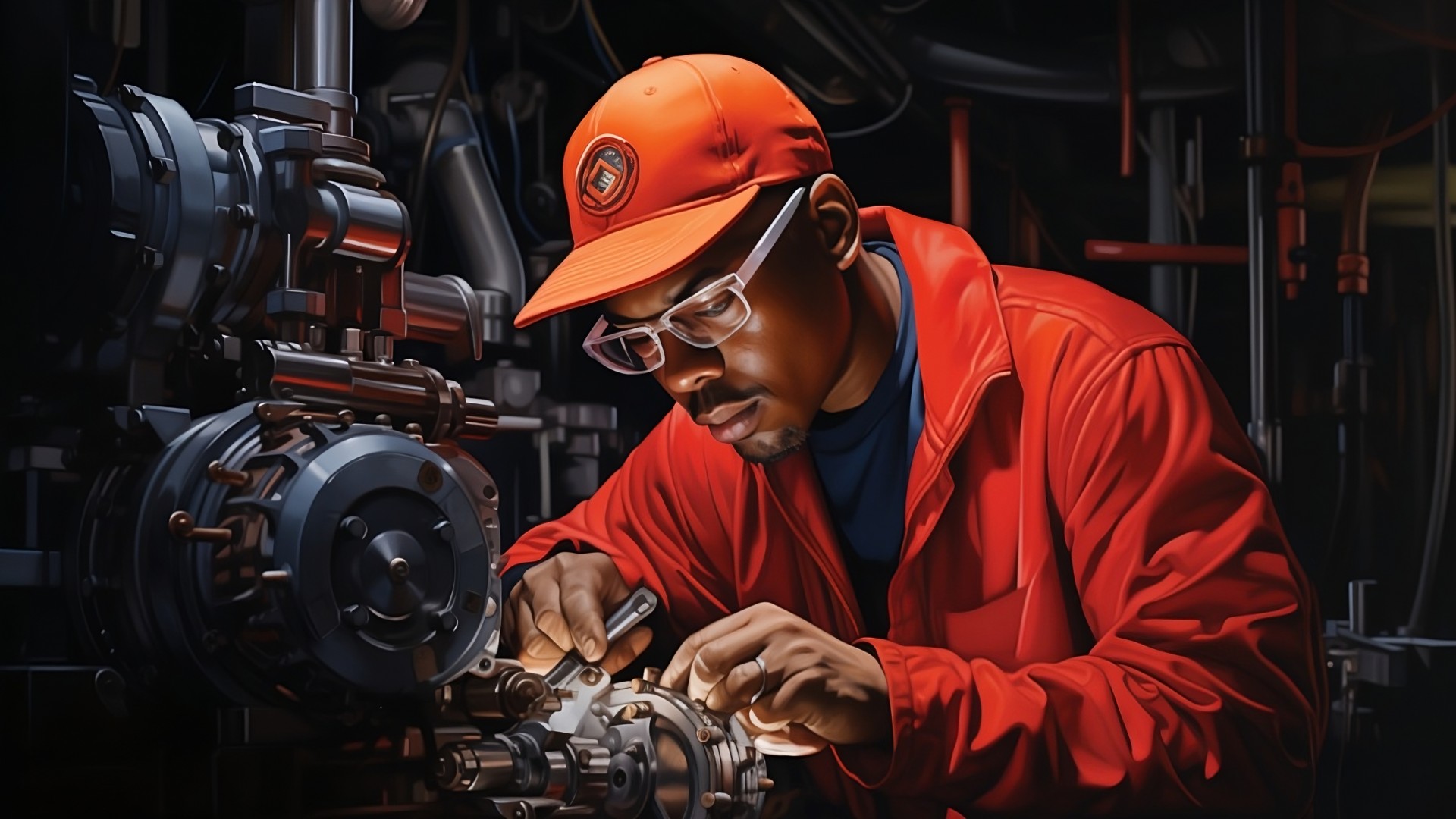Choosing the right material for metal fabrication processes opens the door to smoother procedures, better performance and longer-lasting results. It’s not just about strength or cost — it’s about how well something works with specific methods like casting, welding, cutting or forging. Combining metal properties and supporting materials can significantly enhance precision, durability and efficiency.
Casting
Casting involves pouring molten metal into a mold to create complex shapes that are costly or difficult to machine. For casting to succeed, the metal must have excellent fluidity in its molten state and minimal shrinkage as it cools.
Here are the best metals for casting:
- Aluminum alloys: These are widely used because of their lightweight properties, excellent corrosion resistance and ease of casting. However, aluminum begins to lose strength above 400 degrees Fahrenheit, making it more suitable for low-temperature applications like refrigeration systems or aerospace components operating at high altitudes.
- Cast iron: Cast iron is a staple for heavy machinery and automotive parts. It also offers good vibration damping, making it ideal for the bases of heavy equipment and engine blocks. However, its brittleness limits its use in critical tensile strength applications.
- Bronze and brass: These copper alloys are preferred for their ability to fill intricate mold shapes and wear resistance. Bronze is particularly popular for marine applications because of its corrosion resistance in seawater, while brass is commonly used for decorative fittings and components requiring low friction.
These nonmetals are also popular:
- Sand and ceramic molds: Sand casting is one of the most economical ways to cast large components because sand is inexpensive, easily shaped and requires minimal tooling costs. Ceramic molds are used for precision parts.
- Binders and additives: These are used in mold-making to improve strength and thermal resistance. They help maintain mold integrity during high-temperature pours, achieving dimensional accuracy and reducing final casting defects.
Cutting
Cutting processes in fabrication range from mechanical — shearing and sawing — to advanced methods like plasma and laser cutting. The metal’s thickness, thermal conductivity and reactivity with gases play a role.
The best materials for cutting include:
- Carbon steel: This is one of the most commonly used in various metal fabrication processes. It contains up to 2%-2.5% carbon. While this content increases hardness and strength, higher carbon content reduces ductility and makes it more prone to brittleness. The presence of iron makes it susceptible to rust.
- Aluminum: Thanks to its high thermal conductivity, aluminum dissipates heat quickly, reducing the chance of warping during plasma or laser cutting. However, its reflectivity and low melting point require specialized settings to avoid beam reflection or burn-through.
- Stainless steel: This material is preferred in projects where corrosion resistance matters. Cutting is more challenging but yields clean, polished edges with the right equipment.
Nonmetal materials used include:
- Plasma cutting tools: These rely on electrically ionized gases — like hydrogen, argon and nitrogen — to generate plasma capable of slicing through conductive metals.
- Laser cutting gases: Carbon dioxide lasers require gases like nitrogen and oxygen. Nitrogen, in particular, has seen a projected compound annual growth rate of over 5.5% between 2024 and 2032, largely due to its increasing role in fabrication. It is used to blow molten material away from the cut to create clean edges without oxidation.
Forging
Forging shapes metal through compressive forces — hammering, rolling or pressing the material into a desired shape. The metal must withstand intense pressure without cracking, so grain structure and ductility are essential.
Here are the best metals for forging:
- Alloy steel: This is often chosen for automotive or aerospace applications due to its superior strength-to-weight ratio.
- Carbon steel: Low- to medium-carbon variants offer reliable ductility, making them ideal for structural components and forged tools.
- Titanium: This is preferred for high-performance parts, but it is more expensive and difficult to forge because of its high strength and low thermal conductivity. It also has a high melting point of 1,666 degrees Celsius.
Nonmetal materials used include:
- Graphite or ceramic dies: These are used for high-temperature resistance and precision shaping in closed-die forging.
- Lubricants and die coatings: Both are essential in hot forging to reduce die wear and ensure clean separation of the workpiece.
Why Material Matters in Metal Fabrication Processes
The wrong material can compromise an entire structure’s integrity. Carbon steel’s strength and low cost make it an industry workhorse, but it isn’t ideal for wet or corrosive environments without protective coatings. Conversely, aluminum’s light weight and conductivity suit it for electrical enclosures and refrigeration, but its limitations at high temperatures mean it’s rarely used in engine components or industrial furnaces.
The supporting cast of molds, gases and tool materials also shapes how safely and effectively fabrication can happen. As energy efficiency and automation become industry priorities, the importance of having the correct nonmetal elements is only increasing.
The Final Cut
Material choice in metal fabrication processes goes beyond cost and availability. It’s about behavior under heat, tooling and pressure. Each option has its strengths and limitations — and choosing the right combination is what makes fabrication not just a process but a craft.





